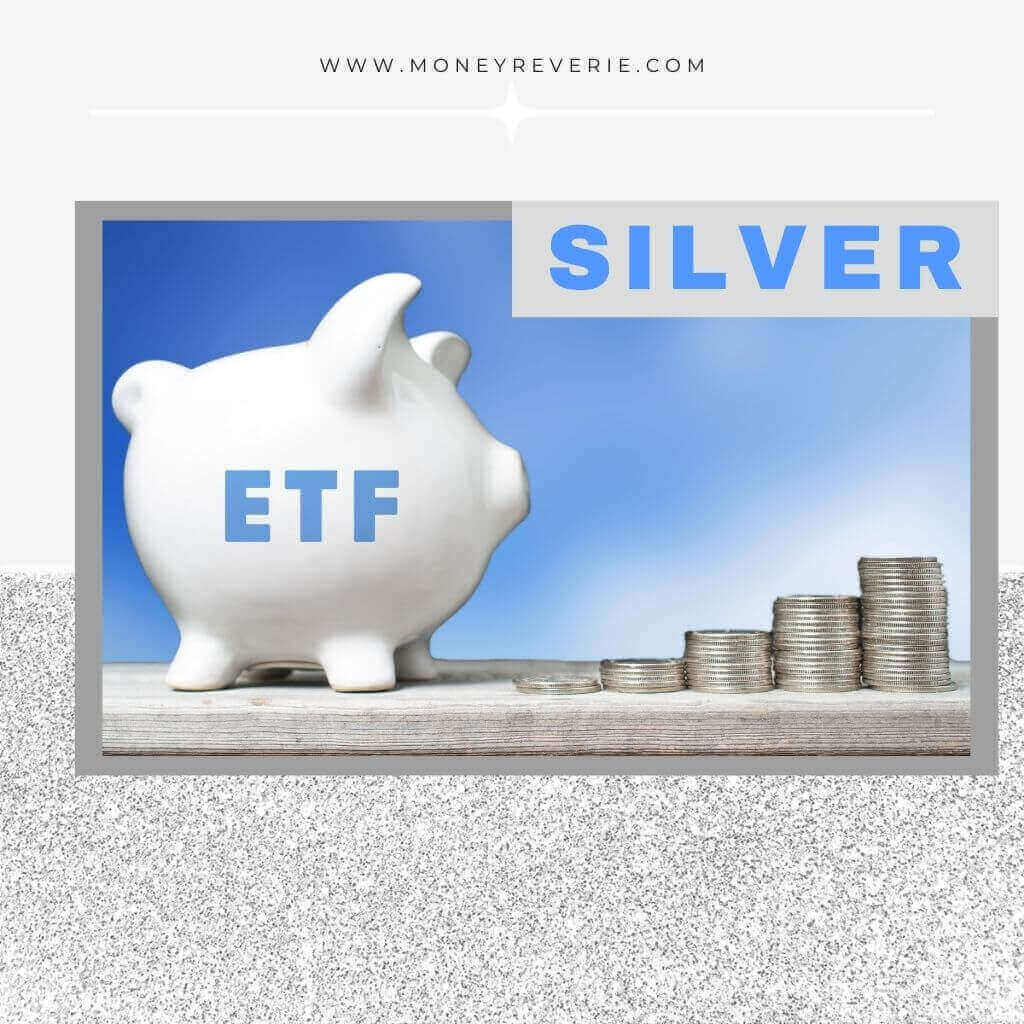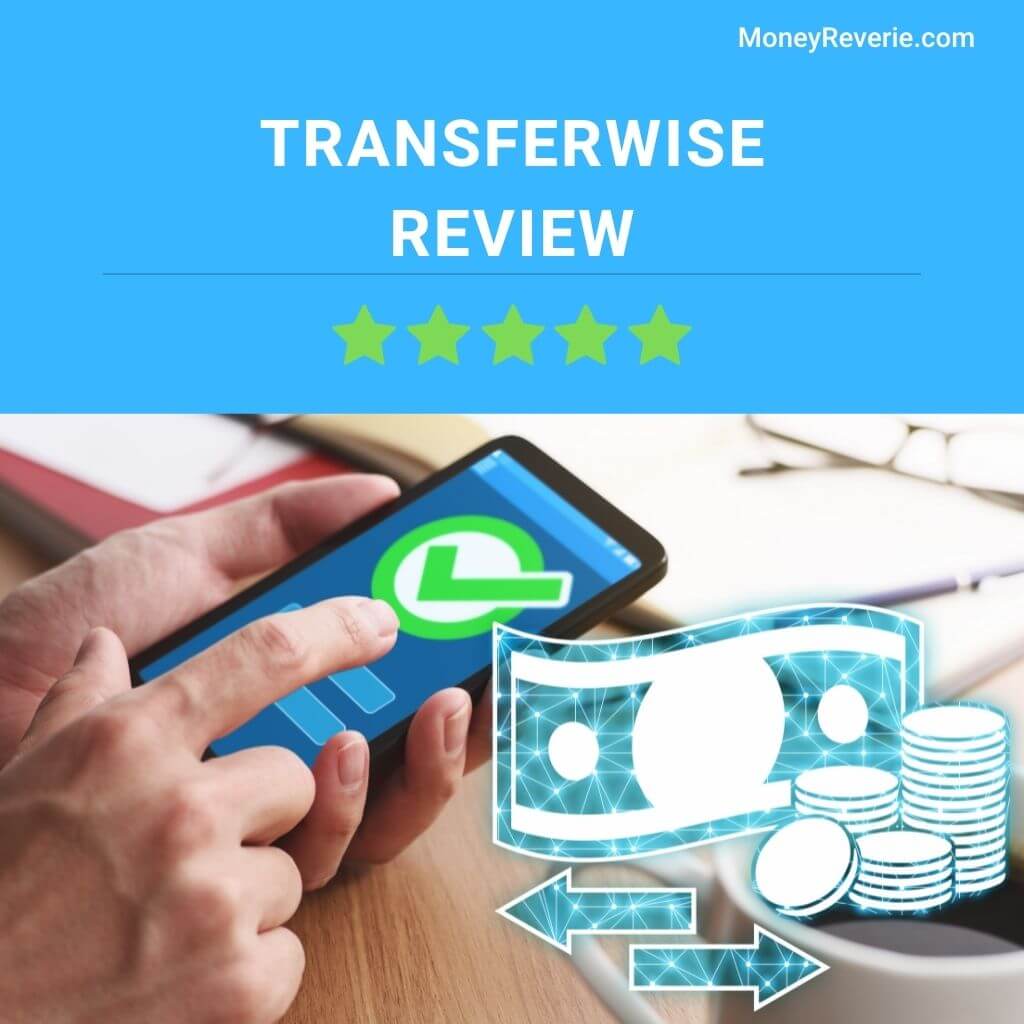Filling the Line 10100 on your tax return is an important step in filing your tax return in Canada. Formerly known as Line 101, Line 10100 is the space where you enter the total income you earned for the entire year.
Essentially, the Line 10100 tax return is where you declare various forms of income, including salary, wages, commissions, bonuses, tips, gratuities, and honorarium. It’s where you report all your employment income from your employers.
In this blog post, we will extensively discuss Line 10100 on the Canadian tax return, what it means, why it is important that you fill it, and common mistakes to avoid when filling out your tax return in Canada.
Key Takeaways
- Line 10100 was formerly known as Line 101
- Line 10100 is where you report all employment income you have received.
- Your Line 10100 should contain the same income your employers reported on the T4.
- Line 10100 is on the second page of your T1 General form.
What is Line 10100 on Tax Return?
Line 10100 on your tax return is where you report your employment income, which includes wages, salary, commissions, tips, bonuses, and honorariums. It was formerly known as Line 101 until the Canada Revenue Agency(CRA) adjusted all the tax code lines in 2019.
Filing your Line 10100 tax return allows you to claim the Canada employment amount, which is either $1,245 or the total amount reported on Line 10100 and Line 10400 as employment income.
Your employment income on Line 10100 should include all the income your employers reported on your T4 slips. If you’re missing any T4 slips, make sure to contact your employers and request them. Employers must send T4 slips by the end of February, but if you don’t receive them, you can access previous years’ slips through CRA My Account.
It’s important to note that Line 10100 represents your employment income, not necessarily your total income. Your total income can be found on Line 15000 of your tax return. So, remember to declare all your income sources correctly.
Whether you work for one or multiple employers, Line 10100 is where you report your employment income. Each T4 slip you receive contributes to the total amount on Line 10100, ensuring that income earned from different sources is accounted for individually.
Where is Line 10100 on Tax Return?
With the recent adjustment of code lines by the CRA, many Canadians find themselves scratching their heads, wondering where on earth they can locate Line 10100 on their tax return.
You can easily locate Line 10100 on your T1 General form. Line 10100 of your tax return is on the second page of the T1 General form in Step 2. It is typically the first box listed on any province or territory return in the section called “Total Income.”
What Income Should You Include in Tax Return Line 10100?
When it comes to Line 10100 on your tax return, it’s all about your employment income. This line encompasses various sources of income, such as wages, salaries, commissions, gratuities, bonuses, tips, and honoraria.
Any payment you received from your employer that qualifies as employment income must be reported on your T4 slips. These include:
- Salaries and Wages: This refers to your regular earnings from employment, typically paid by your employer.
- Bonuses: These are additional compensations granted for exceptional performance or as rewards by your employer.
- Overtime Pay: This is extra income earned for working hours beyond the standard work schedule.
It’s important to note that while your T4 slip may capture most of your employment income, it might not include every single source. However, don’t worry! You’re still responsible for calculating and including all your employment income on your Line 10100 tax return.
In addition to your T4 slip, there are other sources of income that you need to report on Line 10400 (Other Employment Income). These include:
- Medical premium benefits: If your employer provides medical premium benefits as part of your employment, you must report the value of these benefits on Line 10400.
- Employee profit-sharing plans: If you participate in profit-sharing plans offered by your employer, any income received through these plans must be reported on Line 10400.
- Supplemental unemployment benefits: If you received supplemental unemployment benefits during the tax year, they should also be included on Line 10400.
What is Line 10400 on Tax Return?
Some types of employment income may not be found in your T4 slip. You’re expected to report such income to line 10400 (formerly line 104). These include:
- Employment income from another country
- Occasional employment earnings or tips
- Net research grants
- Wage-loss replacement insurance plans income
- Employment expenses benefit from GST/HST and QST
- Cleric’s housing allowance
- Guaranteed annual wage plan payment
- Work or invention royalties
- Employee profit-sharing plan payment
- Group life insurance taxable payment from your former employer
Who is Required to File a Line 10100 on Tax Return?
Not all Canadians are required to file a Line 10100 tax return. However, you must file the Line 10100 tax return if you:
- Have employment income such as wages, salary, commissions, gratuities, tips or honoraria.
- Receive other employment income.
Furthermore, you’re expected to file the Line 10100 tax return if you receive the following income:
- Occasional employment earnings or tips
- Wage-loss replacement insurance plans income
- Employment expenses benefit from GST/HST and QST
- Employment income from another country
- Net research grants
- Guaranteed annual wage plan payment
- Cleric’s housing allowance
- Work or invention royalties
- Group life insurance taxable payment from your former employer
- Employee profit-sharing plan payment
Your employer must deduct tax charges on all your paycheques and submit them to the CRA. But if the amount deducted by your employer is less than the required tax amount, you must pay more tax.
On the other hand, the CRA will pay you back if your employer deducts an excess amount from your paycheques toward tax payments.
What are the Consequences of Not Filing Line 10100 Tax Return?
Failing to file your Line 10100 tax return can have serious consequences. The Income Tax Act imposes penalties for non-compliance and fraudulent activities on tax returns. Here are the major repercussions you could face:
- Late Tax Filing or Underpayment: You’ll be penalised if you fail to file your tax return on time. The penalty is 5% of the amount owed, plus an additional 1% for each month the return is late, up to a maximum of one year. On top of that, daily interest is charged on any outstanding taxes. However, you can contact the Canada Revenue Agency (CRA) to arrange a payment plan if you cannot pay the full balance. In case you discover that you owe more than you estimated, you have the option to appeal.
- Tax Evasion and Fraud: Not filing your tax return can lead to a charge of tax evasion under the Income Tax Act. In Canada, tax evasion carries hefty fines and possible imprisonment. If you’re guilty of tax evasion for deceiving or misrepresenting information to the CRA, you may face a penalty of up to 200% of the evaded taxes. Tax evasion and fraud can also result in a prison sentence of up to two years. Serious offences may even lead to criminal prosecution, as tax evasion is considered a criminal offence under both Criminal Law and the Criminal Code of Canada.
A conviction for tax evasion will result in a criminal record, impacting your personal and professional life. Your inability to pay taxes may also be reported to credit bureaus, negatively affecting your eligibility for future loans.
Lastly, the CRA can seize your earnings, property, and other assets until you fully settle your taxes, including interest and penalties.
However, if you find yourself in a situation where you have inaccurate, missing, or omitted information on your previous tax return, the Voluntary Disclosures Program (VDP) can be a lifesaver. The VDP offers a way to rectify mistakes and recover unpaid taxes without facing penalties or legal consequences.
By taking advantage of the VDP, you can come forward and disclose any errors or omissions on your previous tax returns. This program encourages individuals to correct their tax records and fulfil their obligations while avoiding the costly and time-consuming prosecution process.
However, it is best to comply with tax regulations and file your Line 10100 tax return in Canada accurately and on time. Failing to do so can result in severe financial and legal consequences.
If you’re facing difficulties, you should seek assistance from the CRA or a tax professional to ensure compliance and avoid potential penalties.
Line 10100 vs Line 10400 Tax Return
When filing your tax return, Line 10100 and Line 10400 are two important lines you need to understand.
Line 10100 refers to your employment income. It includes all the money you earn from working, such as wages, salary, commissions, tips, bonuses, and honorariums. Basically, any income you receive from your employer should be reported on Line 10100.
This line typically consists of the amounts reported on your T4 slips from your employer(s). It’s important to note that Line 10100 represents your employment income and may not include your total income.
On the other hand, Line 10400 is where you report any other income you may have earned during the year. This can include income from self-employment, rental properties, investments, or other sources outside your regular employment.
Examples of income reported on Line 10400 include business profits, rental income, capital gains, and dividends. Essentially, any income that doesn’t fall under the category of employment income reported on Line 10100 should be reported on Line 10400.
Line 10100 vs Line 15000 Tax Return
When filing your tax return, Line 10100 and Line 15000 serve different purposes, and you must understand the distinction between these two lines.
Line 15000 refers to your “total income.” It includes all the income you earned throughout the year, not just from employment.
Line 15000 considers various income sources, such as employment income reported on Line 10100, self-employment income, rental income, investment income, capital gains, and any other taxable income. It represents your overall income from all sources.
You can read more about Line 15000 tax return in Canada here.
Other Important Tax Return Lines You Should Know
Before CRA Changes in 2019 | After CRA Changes in 2019 | Line Code Description |
101 | 10100 | Employment income from T4 tax slips |
104 | 10400 | Other employment income (royalties, foreign income, etc.) |
113 | 11300 | |
114 | 11400 | Canada Pension Plan (CPP) OR Quebec Pension Plan (QPP) benefits |
119 | 11900 | Employment Insurance (EI) and other related benefits |
126 | 12600 | Net rental income, minus deductions (losses) |
127 | 12700 | Taxable capital gains (or net capital losses) |
129 | 12900 | Registered Retirement Savings Plan (RRSP) income |
144 | 14400 | |
145 | 14500 | Social assistance payments |
236 | 23600 | Net income |
260 | 26000 | Taxable income |
300 | 30000 | Basic personal amount |
308 | 30800 | CPP contributions |
350 | 35000 | Total federal non-refundable tax credits |
406 | 40600 | Federal tax |
437 | 43700 | Total income tax deducted |
484 | 48400 | Tax Refund |
Final Thoughts on Line 10100 Tax Return
Understanding Line 10100 on your tax return is crucial for accurate and compliant filing. It represents your employment income, encompassing wages, salary, tips, bonuses, and more. By correctly reporting your income on Line 10100, you ensure transparency with the Canada Revenue Agency (CRA) and avoid potential penalties.
As tax season approaches, take the time to review your T4 slips and gather all necessary information to fill out Line 10100 accurately. If you have multiple employers, ensure you have received all your T4 slips and report each individually.
Remember, a correctly filed Line 10100 tax return sets the foundation for a smooth tax filing process and helps you maximise any applicable deductions or credits. So, don’t overlook this important line on your tax return.
FAQs on Line 10100 Tax Return
Is Line 101 the Same as Line 150 on Tax Return?
No. Line 101 (now line 10100) refers to your total employment income, while line 150 (now line 15000) refers to your total or gross income before tax deduction. Line 15000 is larger than line 10100 because it contains employment income and other incomes.
Additionally, all incomes on line 10100 are taxable, but not all incomes on line 15000 are taxable. Although interest or income generated on non-taxable incomes must be included on line 15000.
Is Line 10100 the Same as 15000?
No. Line 10100 represents your employment income, while line 15000 represents your total income before tax deductions. As a result, line 10100 is part of your line 15000 tax return.
What if My T4 is Incorrect?
Contact your employer immediately once you notice your T4 is Incorrect. Otherwise, you may attract penalties yourself. Fortunately, the CRA allows you to rectify any error on your T4 slip and file your tax later.









